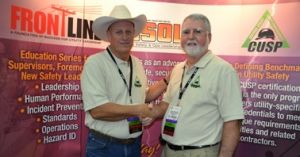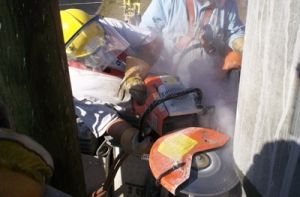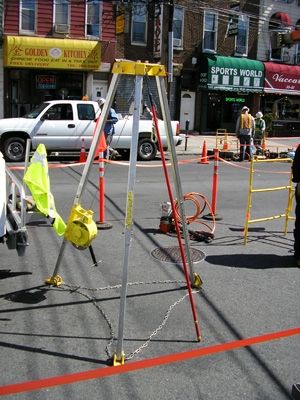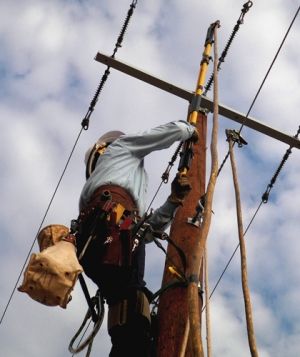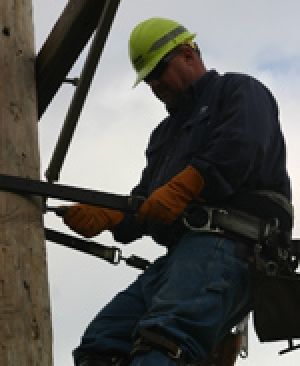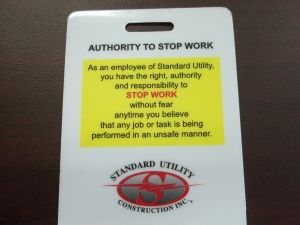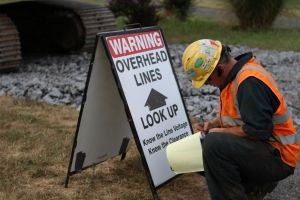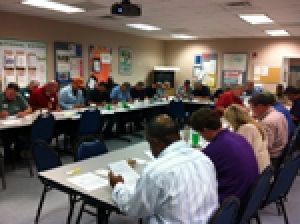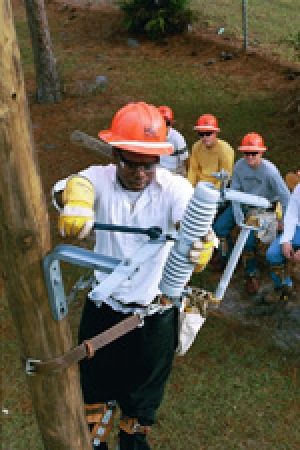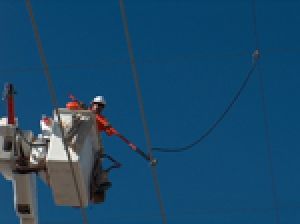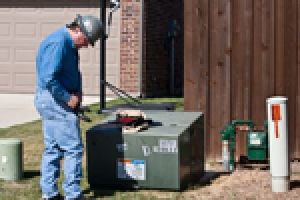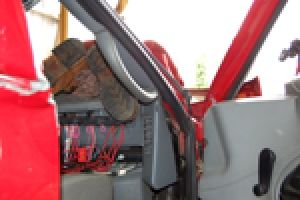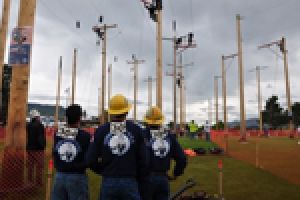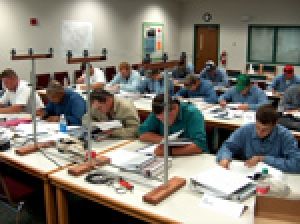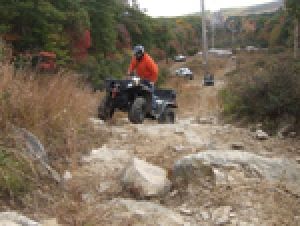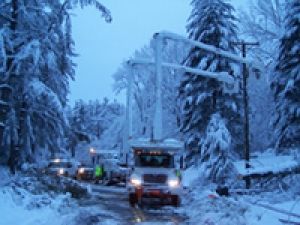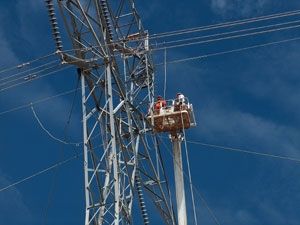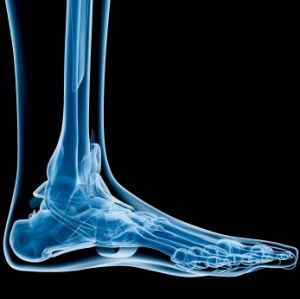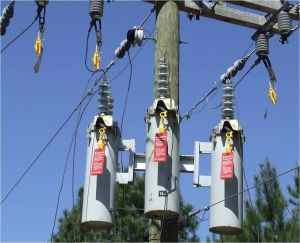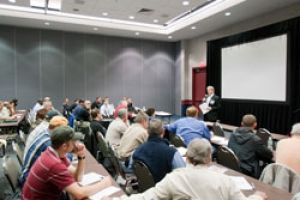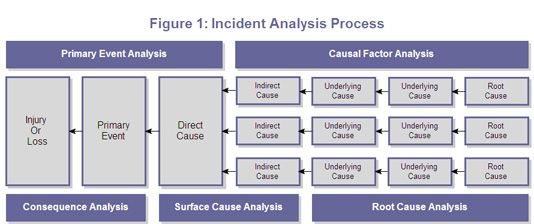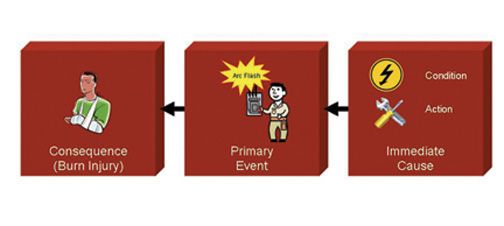Tag: Safety Management
2013 USOLN Safety Award Winners Announced
Written by Kate Wade on . Posted in Safety Management, Leadership Development.
What OSHA’s Proposed Silica Rule Means to You
Written by Matt Edmonds, CUSP, CHST, CET on . Posted in Safety Management, Worksite Safety.
The Power of an Effective Field Observation Program
Written by Lee Marchessault, CUSP on . Posted in Safety Management.
Voice of Experience: The Globally Harmonized System is Here
Written by Danny Raines, CUSP on . Posted in Safety Management.
Safety Management During Change
Written by Claudia Hendricks on . Posted in Safety Management.
Transitioning to FR Clothing
Written by Jim Boyd, CUSP on . Posted in Safety Management.
Train the Trainer 101: Why You Need More than 1910 and 1926
Written by Jim Vaughn, CUSP on . Posted in Safety Management.
Ergonomics for Lineworkers
Written by Steve Hedden, CUSP on . Posted in Safety Management, Worksite Safety.
Train the Trainer 101: Live-Line Tool Maintenance Program
Written by Jim Vaughn, CUSP on . Posted in Safety Management.
The Authority to Stop Work
Written by Bart Castle on . Posted in Safety Management.
Foundation Drilling Safety: The Aldridge Electric Story of Success
Written by Gary Coleman, CHST, CSP, CUSP, OHST, STSC on . Posted in Safety Management.
Voice of Experience: Training for the Qualified Employee
Written by Danny Raines, CUSP on . Posted in Safety Management, Voice of Experience.
Voice of Experience: The Cost of Business
Written by Danny Raines, CUSP on . Posted in Safety Management, Voice of Experience.
Train the Trainer 101: Arc Hazard Protection
Written by Jim Vaughn, CUSP on . Posted in Safety Management.
Voice of Experience: The Definition of Personal Protective Equipment
Written by Danny Raines, CUSP on . Posted in Safety Management, Voice of Experience.
Are You Prepared for the Next Generation of Lineworkers?
Written by Emily Wilkins, CSA, CUSP, and Ryan Schenk on . Posted in Safety Management.
Voice of Experience: Are You Ready for the Big Storm?
Written by Danny Raines, CUSP on . Posted in Safety Management, Voice of Experience.
Raising the Bar, Lowering the EMR
Written by Jesse Hardy, CSP, CIT, CUSP on . Posted in Safety Management.
Voice of Experience: FMCSR Compliance: Driver Qualification Files
Written by Danny Raines, CUSP on . Posted in Safety Management, Voice of Experience.
Performance Improvement: Barriers to Events
Written by Kathy Ellsworth, CUSP on . Posted in Safety Management.
Safety and Human Performance: You Can’t Have One Without the Other
Written by David W. Bowman on . Posted in Safety Management.
Formal vs. On-the-Job Training
Written by Rick Tobey, CUSP on . Posted in Safety Management.
How S.A.F.E.T.Y. Brought Bluebonnet Through the Fires
Written by Emily Wilkins, CSA, CUSP on . Posted in Safety Management.
Strategic Safety Partners
Written by ET&D Strategic Partnership Task Team IV on . Posted in Safety Management.
The Intersect: A Practical Guide to Work-Site Hazard Analysis
Written by Jim Vaughn, CUSP on . Posted in Safety Management.
Safety Rules and Work Practices: Why Don’t They Match Up?
Written by Jeremy Adcock and Pam Tompkins, CSP, CUSP on . Posted in Safety Management, Worksite Safety.
Hearing Conservation: An Interesting Challenge
Written by Gretchen Erga on . Posted in Safety Management.
Arc Flash Exposure Revisited: NESC 2012 Part 4 Update
Written by Pam Tompkins, CSP, CUSP on . Posted in Safety Management.
Safety Circuitry: The Power in the Brain
Written by Michelle Brown on . Posted in Safety Management, Leadership Development.
What’s Your Seat Belt IQ?
Written by Jim Vaughn, CUSP on . Posted in Safety Management.
Competition for a Cause
Written by Kimberlee Craig on . Posted in Safety Management.
Employee Training: How Hard Can It Be?
Written by Pam Tompkins, CSP, CUSP on . Posted in Safety Management.
Challenges & Successes
Written by William Bosch on . Posted in Safety Management.
Behavior Safety: A Safety Program’s Missing Link
Written by Michael S. Haro, Ph.D., CBSS on . Posted in Safety Management.
Northeast Utilities Takes Safety Off-Road
Written by Bruce Elfstrom on . Posted in Safety Management.
A92.2: The 2009 Standard
Written by Seth Skydel on . Posted in Safety Management, Equipment Operations.
Procedure for Reducing Injuries
Written by Tyrone Tonkinson, Ph.D., P.E. on . Posted in Safety Management.
Crane & Derrick Compliance
Written by Kate Wade on . Posted in Safety Management, Equipment Operations.
Solid Footing
Written by Jim Vaughn, CUSP on . Posted in Safety Management.
LOTO vs. Switching and Tagging
Written by Pam Tompkins, CSP, CUSP on . Posted in Safety Management.
Is Your Company Ready for the Next Disaster?
Written by Tommie Jones on . Posted in Safety Management.
Best Practices
Written by Matt Dell on . Posted in Safety Management.
Error-Free Performance: Part II
Written by John Boyle on . Posted in Safety Management, Leadership Development, Tailgate Topics.
People Focused Safety
Written by Lee Marchessault, CUSP on . Posted in Safety Management.
Error-Free Performance
Written by John Boyle on . Posted in Safety Management, Leadership Development, Tailgate Topics.
Confused About Arc Flash Compliance?
Written by Pam Tompkins, CSP, CUSP on . Posted in Safety Management.
A FULL Commitment
Written by Patricia Seeley, CPE on . Posted in Safety Management, Worksite Safety.
NESC-2012-Part 4: Summary of Change Proposals
Written by Pam Tompkins, CSP, CUSP on . Posted in Safety Management.
Root Cause Analysis
Written by Donald F. Fritz, CSP, CSHM on . Posted in Safety Management.
Soil Resistivity Testing & Grounding System Design: Part II of II
Written by John Howard on . Posted in Safety Management.
Huge Steps
Written by Terrell A. Davis on . Posted in Safety Management, Equipment Operations.
Making Safety a Core Value
Written by Carla Housh on . Posted in Safety Management.
Soil Resistivity Testing & Grounding System Design: Part I of II
Written by John Howard on . Posted in Safety Management.
Incident Analysis
Written by Donald F. Fritz, CSP, CSHM on . Posted in Safety Management.
Moving from Operations into Safety or Training
Written by Bart Castle on . Posted in Safety Management.
What’s in a Number?
Written by Donald Brignac on . Posted in Safety Management.
Strategies for Safety in the Wind Industry
Written by Kate Wade on . Posted in Safety Management, Worksite Safety.
Keeping Things Safe in the Field and the Office
Written by John Boyle on . Posted in Safety Management, Tailgate Topics.
Safety Culture Success
Written by Kate Wade on . Posted in Safety Management.
Managing Safety
Written by Carl Griffith on . Posted in Safety Management.
Passion for Safety
Written by Steve Owen on . Posted in Safety Management.
Managing Safety Rule Violations
Written by Tyrone Tonkinson, Ph.D., P.E. on . Posted in Safety Management.
NESC 2007 FLAME RESISTANT CLOTHING
Written by Hugh Hoagland on . Posted in Safety Management.
Bridging Communication Gaps
Written by Parrish Taylor on . Posted in Safety Management.
Dreams Can Become Reality: SDG&E Flex Center
Written by Seth Skydel on . Posted in Safety Management.
Making Safe Choices
Written by Rick Tobey, CUSP on . Posted in Safety Management.
NESC-2007 Update
Written by Pam Tompkins, CSP, CUSP on . Posted in Safety Management.
Dissecting an OSHA Inspection
Written by Michael Beckel on . Posted in Safety Management.
Dramatic Results
Written by Seth Skydel on . Posted in Safety Management.
Keeping the ‘Fighter Pilots’ of Your Company Safe
Written by Jeff "Odie" Espenship on . Posted in Safety Management, Leadership Development.
Taking Safety to the Next Level
Written by Nancy St. Hilaire, MS on . Posted in Safety Management, Leadership Development.
Leadership Influencing the Culture
Written by Don Groover, CIH, CSP on . Posted in Safety Management, Leadership Development.
What It Takes to be a Safety and Compliance Leader
Written by Ken Flechler, CUSA on . Posted in Safety Management, Leadership Development.
Injury Free Change
Written by Carl Potter, CSP on . Posted in Safety Management, Leadership Development.
Eliminating Excuses
Written by Carl Potter, CSP on . Posted in Safety Management.
Lessons Learned, Successful Implementation of Behavioral Safety Coaching
Written by Dr. E. Scott Geller, PhD on . Posted in Safety Management, Leadership Development.


